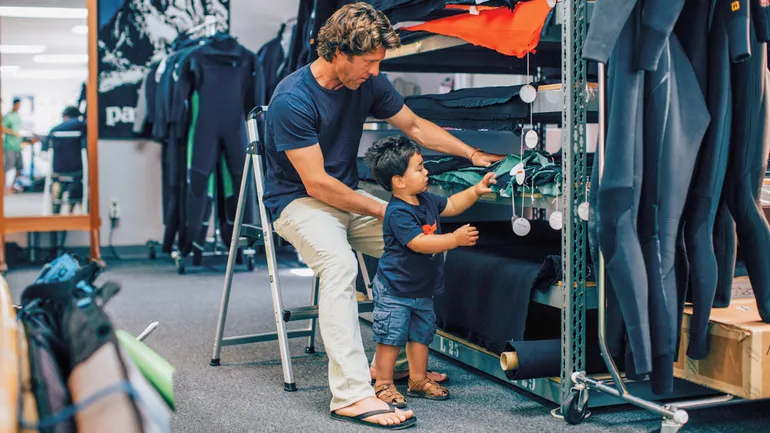Hrdive
3w
326

Image Credit: Hrdive
From RFPs to ABCs: How employers create on-site child care
- Patagonia was an early adopter of on-site day care, establishing a child care center in 1983 within their headquarters in California.
- Employers like Patagonia, Whirlpool, and Steamboat Ski & Resort Corp. view on-site child care as an investment in their employees, rather than a revenue stream.
- Whirlpool partnered with KinderCare to operate its child care center, allowing the company to focus on its core business while providing quality child care for employees.
- Financial support, such as grants and collaborations with organizations like Executives Partnering to Invest in Children, have helped employers like Steamboat Resort in setting up on-site child care.
- State programs like the grant in Colorado and Iowa's grant awards to employers are examples of initiatives aimed at supporting the development of child care centers.
- Employers can benefit from child care tax credits and resources like Design Labs that provide guidance on setting up on-site child care programs.
- Employers like Bright Horizons work with companies to provide on-site child care, emphasizing the importance of employers in the American child care system.
- On-site child care can help attract a diverse workforce by prioritizing affordable child care for front-line and lower-income workers, benefiting women and women of color.
- Companies tailor on-site child care to their specific needs, with smaller centers catering to a limited number of children and different age groups.
- Building a collaborative relationship with parents and planning ahead can help employers navigate turnover and hiring challenges when offering on-site child care.
Read Full Article
19 Likes
For uninterrupted reading, download the app